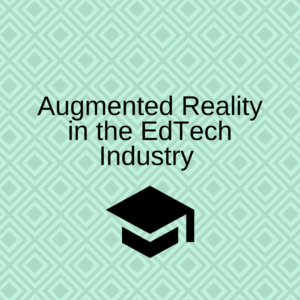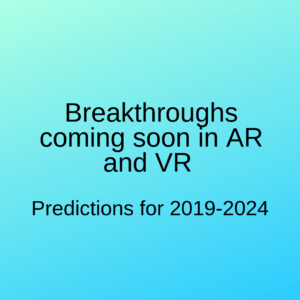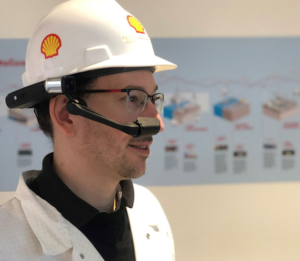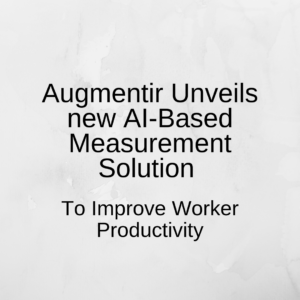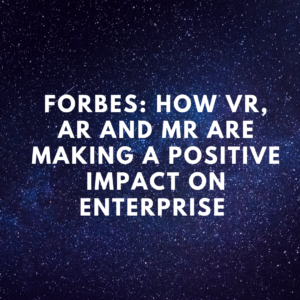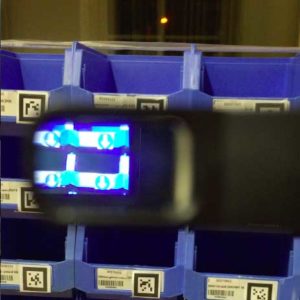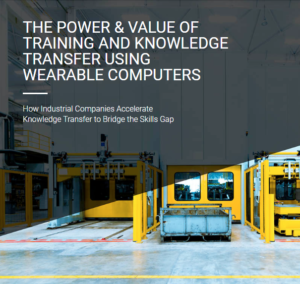Augmentir’s flagship offering, the Augmented Operations™ platform, is the first of its kind to combine enterprise augmented reality (AR) with artificial intelligence and machine learning (AI/ML), empowering frontline workers to perform their jobs with higher quality and increased productivity while driving continuous improvement across the organization.
Available as a core feature of Augmentir’s Augmented Operations™ platform, the True Opportunity Index™ is generated from continuous analysis of frontline worker data by Augmentir’s patent-pending artificial intelligence algorithms.
These algorithms take in streaming worker data and combine it with other Augmentir and enterprise data to uncover and rank order the largest capturable opportunities and then predicts the effort required to capture them.
This helps manufacturers and other industrial companies focus on key areas of opportunity for time savings, performance, and quality improvements across their workforce.
With these newly available prescriptive insights and recommendations, manufacturers and service companies can now continually improve their operations, enhance their work instructions, provide tailored remote assistance, improve training techniques, and supply their frontline workers with better tools to perform their jobs at peak efficiency.
“For many organizations, their largest opportunity for improvement is in their frontline workforce. This group of workers has been historically underserved with little change to the tools they use to perform their job, while their jobs are becoming increasingly more complex,” said Russ Fadel, CEO and Co-Founder of Augmentir.
“By combining our legendary ease of use with our embedded AI engine, we are giving companies of every size the ability to maximize these valuable workers. We are proud to release our True Opportunity Index™ at this pivotal moment and are committed to using AI to innovate for the benefit of the frontline workforce.”
Augmentir software platform includes complete functionality that makes it easy for industrial companies to improve their operations across a range of manufacturing and service use cases. The platform provides software that helps guide frontline workers with augmented, step-by-step-instructions, assist workers with live remove expert collaboration, and utilizes its artificial intelligence engine to deliver organization-wide insights and recommendations that focus on improving the quality and productivity of frontline workers.
Augmentir is scheduled to present on May 15 in the Smart Manufacturing Hub at the EASTEC 2019 manufacturing conference and trade show in Boston to discuss the benefits of its platform and how industrial companies are utilizing its True Opportunity Index™ to gain insight into their frontline workforce to improve productivity.
Source: Original full press release by Augmentir.
